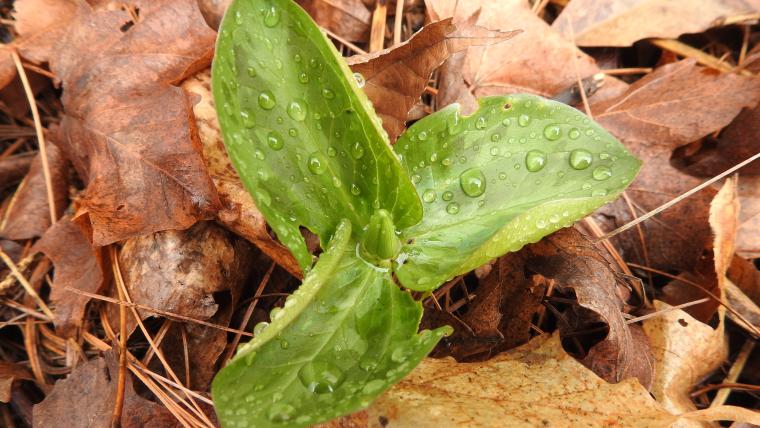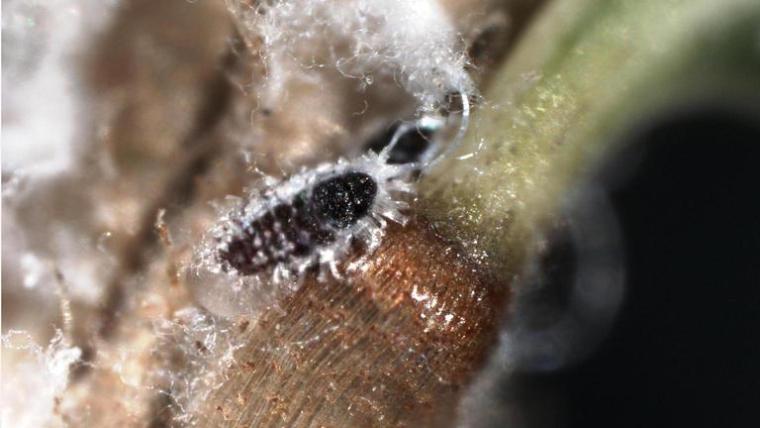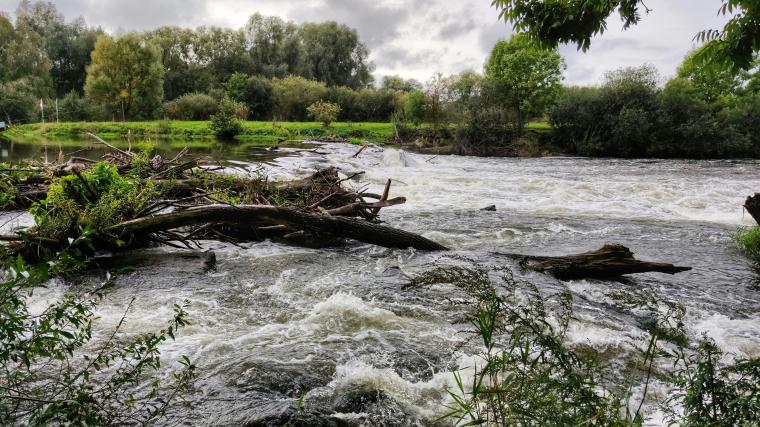
Extreme weather events affect when plants flower and when insects are active

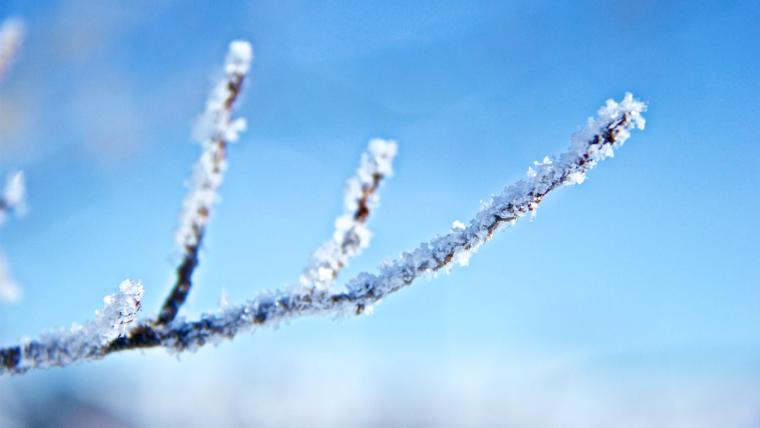
Pheno Forecast maps predict key life cycle stages in invasive and pest species, to improve management efficacy. For insect pest species, Pheno Forecasts are based on published growing degree day (GDD) thresholds for key points in species life cycles. These key points typically represent life cycle stages when management actions are most effective. These maps are updated daily and available 6 days in the future.
Help us improve these maps! Our Pheno Forecast map products are still in development, and we seek input on their performance in your area. Give your feedback at the bottom of the page.
Sign up to be notified by email approximately two weeks and again six days ahead of key growing degree day thresholds for species of interest at your location
Learn more about this forecast using our visualization tool!

March 17-21, 2025 is Phenology Week - a virtual celebration of the seasonal cycles of plants and animals. The purpose of Phenology Week is to celebrate YOU, our Nature's Notebook observers, Local Phenology Programs, and partners! We'll have webinars, awards, daily challenges, observer stories, and more.
Share Phenology Week Content on your social media! Our media kit contains daily activities to share with your community!
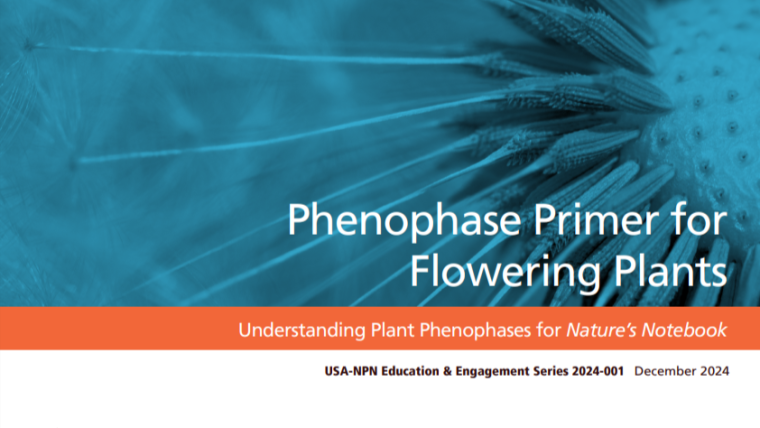
The Phenophase Primer for Flowering Plants: Understanding Plant Phenophases for Nature's Notebook, is finally here!

USA-NPN Director Theresa Crimmins' first book, Phenology, is available now on Amazon, Barnes and Noble, Books a Million, and more. Use code READMIT20 for 20% off orders through
